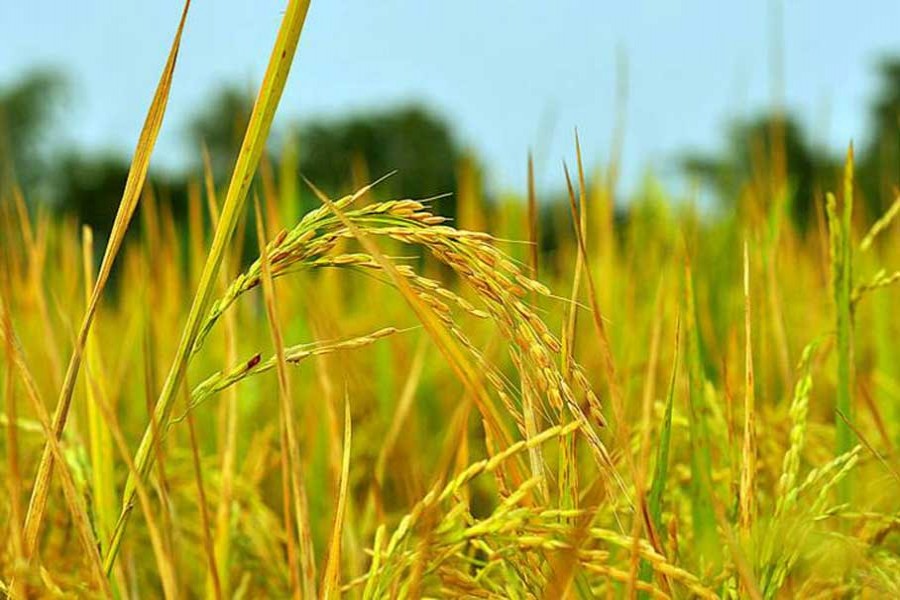Bangladesh is the fourth-largest rice producer in the world. Rice is not only our staple food but also a part of our culture. Agriculture is the foundation of our economy. Bangladesh hit a new high of rice production during the current fiscal year. But presently the farmers are in grief instead of happiness as they are getting price of paddy which is half of their cost of production. In the harvest seasons, generally marginal farmers take loans for their rice cultivation with the hope that they will be able to pay it back after selling the rice. Now as the market price of rice is below their expectation they are in despair.
Demand-supply analysis states that price can fall only in case of shortage of demand or excess of supply. Rice is our main food item. What could be the possible causes of the fall in price of such an inelastic food item? Are we demanding less of our main meal at present? Are we importing more rice which is responsible for excess supply? But the fact is that we are not decreasing our rice consumption nor are importing rice in a large scale due to our bountiful domestic production. So the reason behind the low cost of rice may be impact of the middlemen and wholesalers who are buying from the farmers at low prices and selling in the market at high prices. This is a common phenomenon in a market economy. This greed of the millers has always been a curse for the marginal cultivators. Though the government is patronising the agricultural sector, especially rice production, the farmers are not getting higher paybacks as they do not have adequate rice storage facilities.
Achieving food security and promoting sustainable agriculture is the second of the Sustainable Development Goals (SDGs). Adoption of measures to ensure proper functioning of food commodity markets and their derivatives and facilitate timely access to market information, including on food reserves, in order to help limit extreme food price volatility is one of the indicators of this goal. So the favourable rice pricing for the survival of the famer community is essential for ensuring food security of the mass people of Bangladesh. The government has already taken a few timely initiatives to resolve the crisis like decision to buy directly from the producers, doubling import duties on rice to 55 per cent. Besides, they are thinking of rice export which may hike the rice of price momentarily. But how much it will be effective in the long run that is a vital issue. Besides, to what extent this policy can ensure the benefit of marginal farmers is matter of concern.
The government should, instead, provide input supports to minimise production costs of rice like lowering the cost of irrigation, cost of material, chemical fertiliser price, reducing electricity cost etc. to rescue the poor farmers from financial disaster. Otherwise, there is a growing concern that this paddy price fall may force farmers to decrease their paddy farming in upcoming years or to shift away from rice to other cash crops which may lead to increase the rice price significantly next year.
However, the government is trying to procure rice directly from the producers. Even if this policy is implemented, still it is difficult for the government alone to handle that procedure. In this regard, the authorities concerned should keep a sharp eye on the manipulation of the middlemen in the collection and manufacturing of the procured rice.
Sima Rani Dey is Assistant Professor, Bangladesh Institute of Governance and Management (BIGM).


